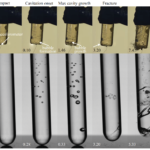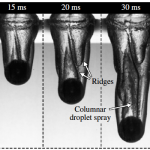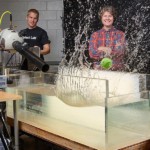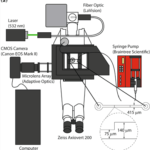Abstract:
Instantaneous derivatives of high-precision experimental data can be evaluated by fitting the data with a smoothing spline. This paper presents a novel and robust method for choosing the best spline fit and, hence, the best prediction of the derivatives. Typically, a smoothing spline is fit by choosing the value of a smoothing parameter that controls the tradeoff between error to the data and roughness of the spline. However, this method can yield an unsatisfactory fit, because the roughness of the fitted spline is extremely sensitive to the choice of smoothing parameter. An alternate fitting method is to choose an error tolerance and to find the spline with the least roughness possible, given that the error must be less than or equal to this tolerance. In this paper, we systematically explore the relationship between error tolerance and the minimum possible roughness of smoothing splines. We find that there exists a critical error tolerance, corresponding to the spline that has the minimum error to the data possible, without also having roughness due to the noise in the data. Both an analytic example and an experimental example are presented.
Evaluating derivatives of experimental data using smoothing splines
Citation and Link:






Recent Comments